Fire Restoration Services
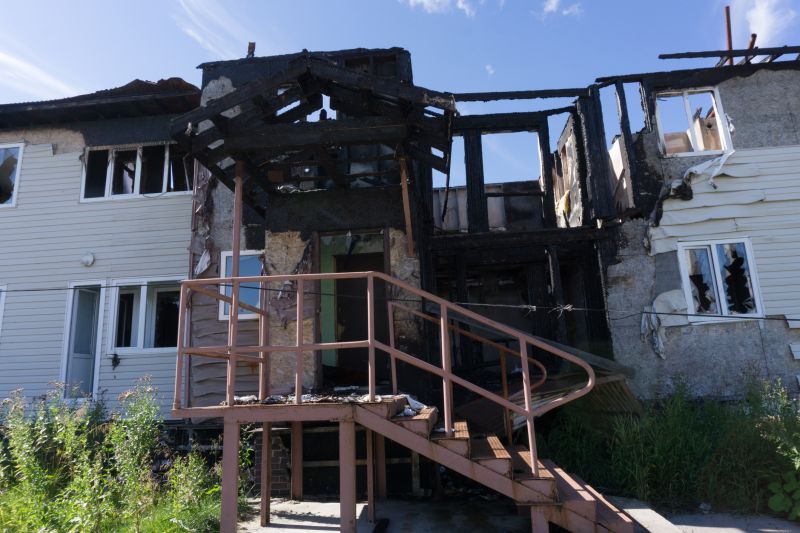
Fire restorations are often necessary after winter fires, which can be more severe due to heating system malfunctions.
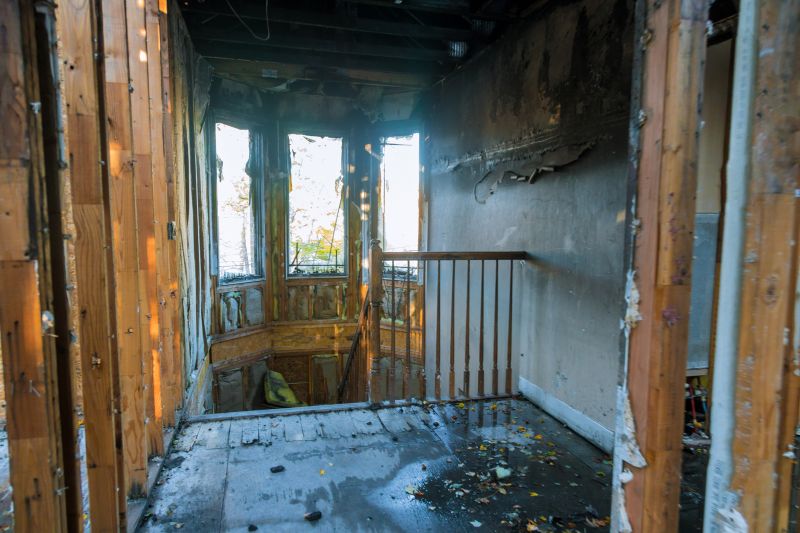
Warmer months provide better conditions for restoration work, allowing for effective drying and ventilation.
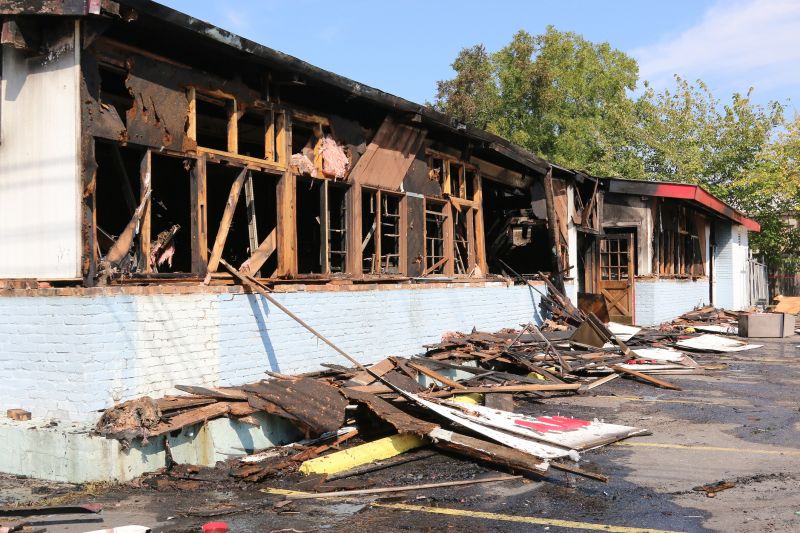
Scheduling during less busy seasons can lead to faster response times and more efficient restoration processes.
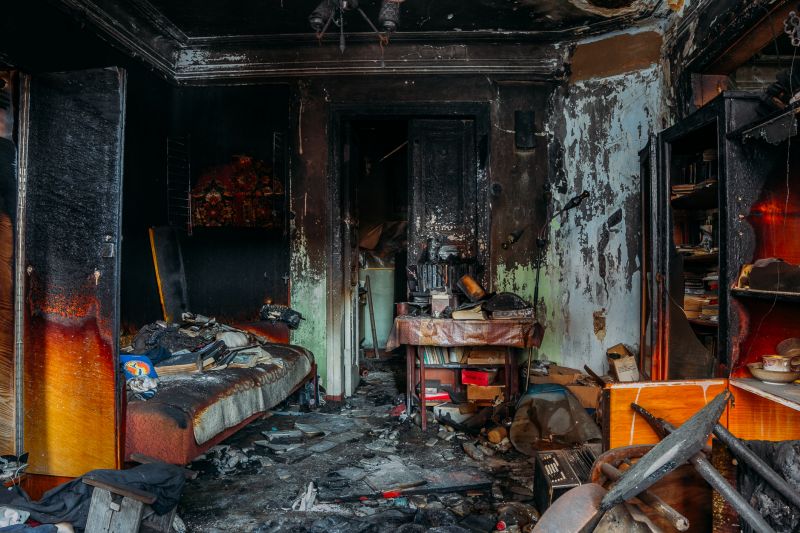
Ways to make Fire Restorations work in tight or awkward layouts.
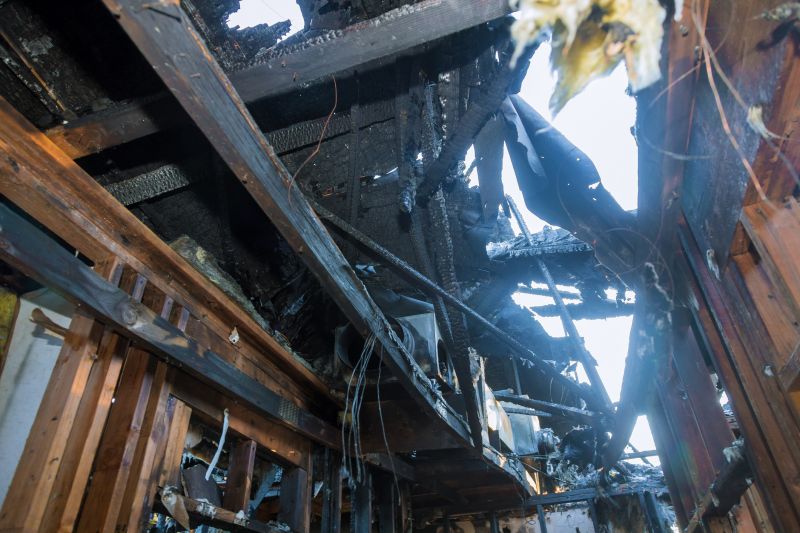
Popular materials for Fire Restorations and why they hold up over time.
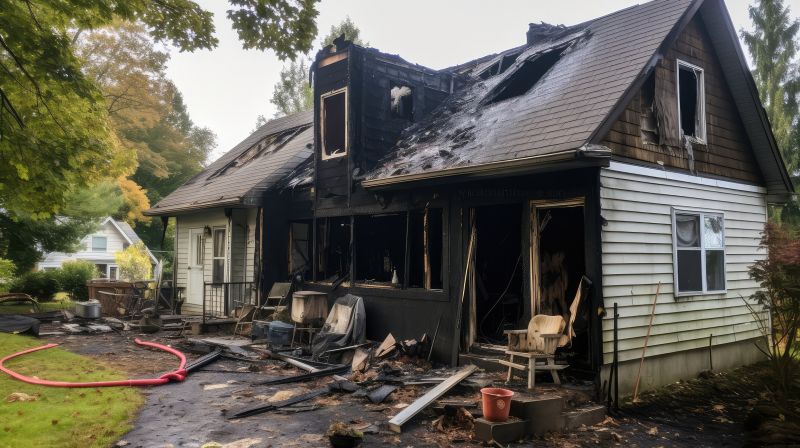
Simple add-ons that improve Fire Restorations without blowing the budget.
Fire restorations involve repairing and restoring structures affected by fire, smoke, and soot. The process includes cleaning, deodorizing, repairing damaged materials, and restoring the property's integrity. The timing of these services can impact the effectiveness and efficiency of the restoration process.
Statistics indicate that early intervention can reduce restoration costs by up to 40%. Additionally, prompt restoration minimizes health risks associated with smoke inhalation and mold growth caused by water used during firefighting efforts. Proper timing ensures thorough cleaning and prevents secondary damage, making it a critical factor in fire restoration planning.
Restoration work is often most effective during dry, moderate weather conditions, typically in spring and early fall.
More severe fires require immediate attention regardless of season to prevent further structural damage.
Coordinate with insurance providers to ensure timely approval and scheduling of restoration services.
Indoor restorations can be scheduled year-round, but outdoor work benefits from milder weather.
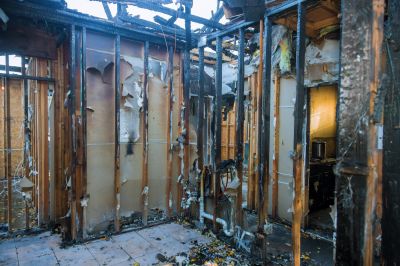
Restoration specialists assess and repair structural damage caused by fire.
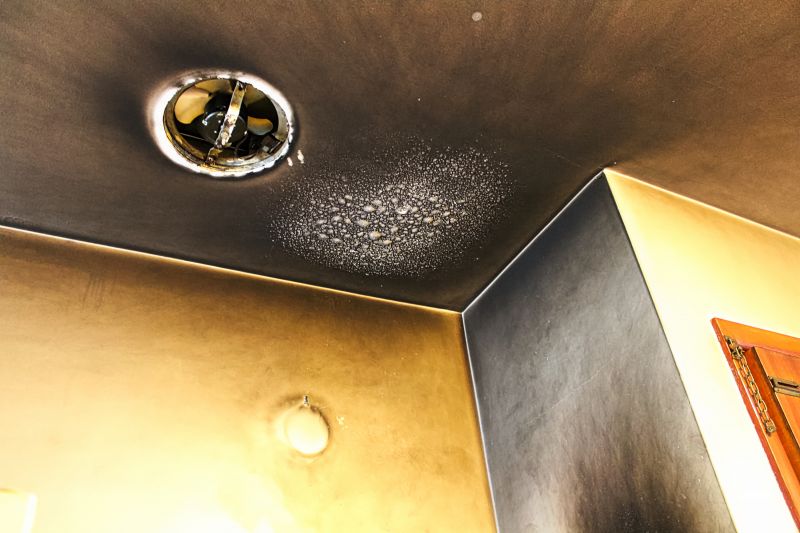
Effective removal of smoke residues restores air quality and property appearance.
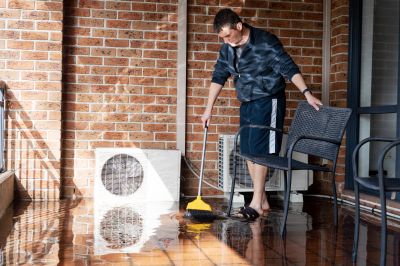
Water used during firefighting is dried and removed to prevent mold growth.
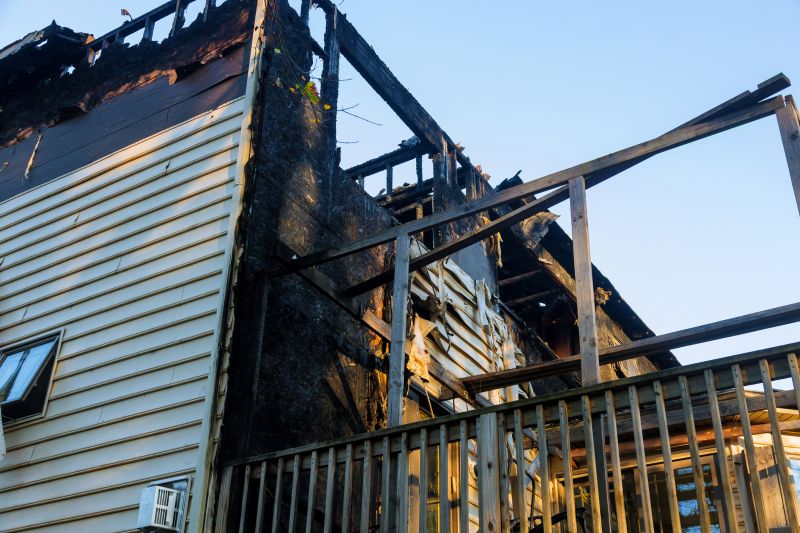
Reinforcing weakened structures ensures safety and durability.
| Aspect | Details |
|---|---|
| Optimal Seasons | Spring and early fall are ideal for outdoor restoration activities. |
| Weather Conditions | Dry, moderate weather facilitates faster drying and repairs. |
| Fire Severity Impact | Severe fires demand immediate restoration regardless of season. |
| Indoor Restoration Timing | Can be scheduled year-round, with considerations for humidity. |
| Cost Efficiency | Early intervention during off-peak seasons can reduce costs. |
| Health and Safety | Prompt restoration minimizes health risks associated with smoke and mold. |
| Insurance Coordination | Timely communication with insurers can streamline scheduling. |
Choosing the appropriate time for fire restorations depends on weather conditions, fire severity, and scheduling considerations. Proper timing ensures effective cleaning, repairs, and minimizes secondary damage, ultimately supporting the preservation of property value and safety.
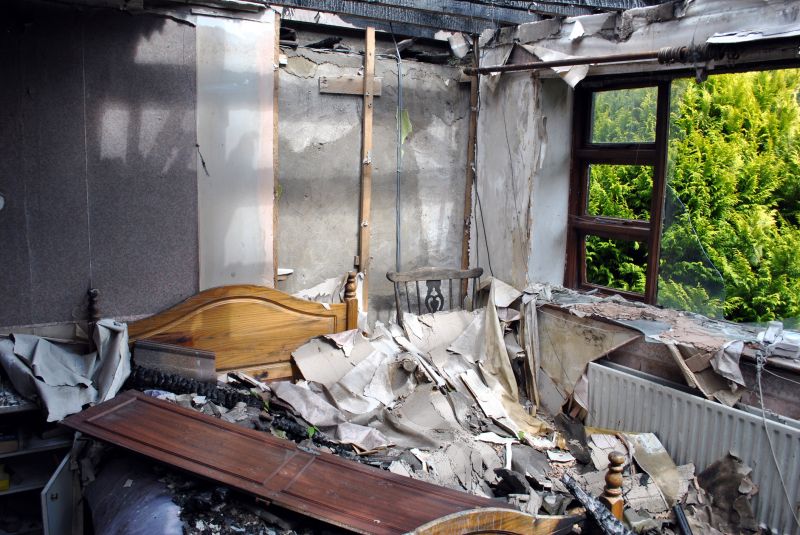
Initial evaluation determines the extent of damage and optimal timing for restoration.
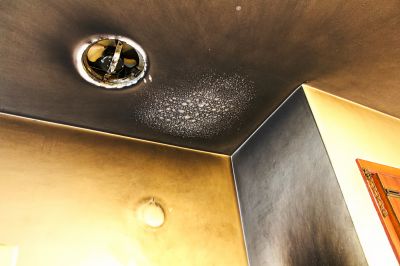
Timely cleaning prevents lingering odors and soot buildup.
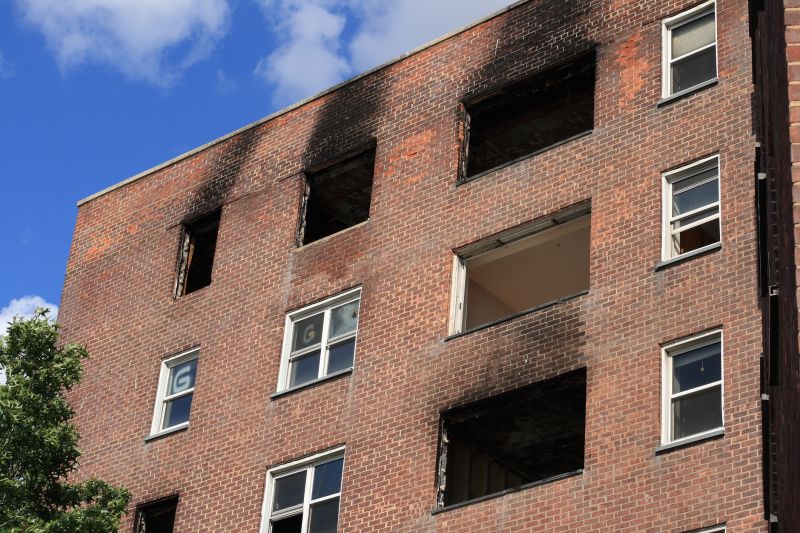
Addressing damage promptly helps maintain building integrity.
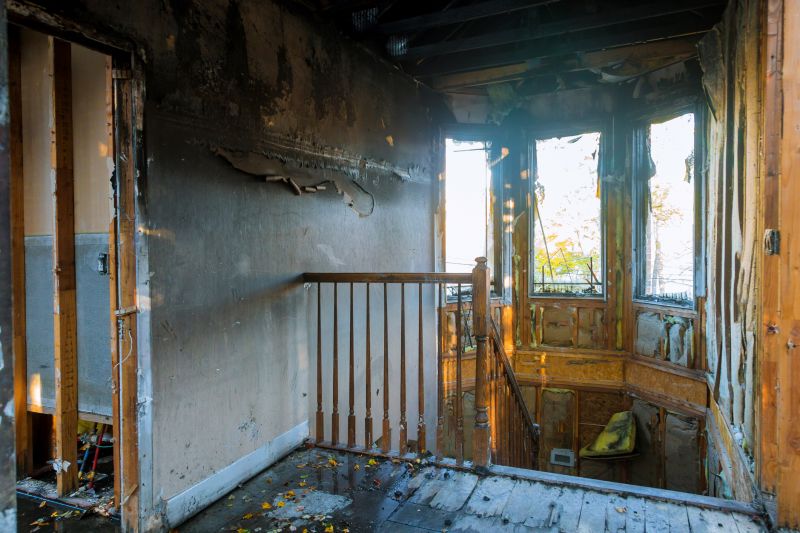
High-end options that actually feel worth it for Fire Restorations.

Finishes and colors that play nicely with Fire Restorations.
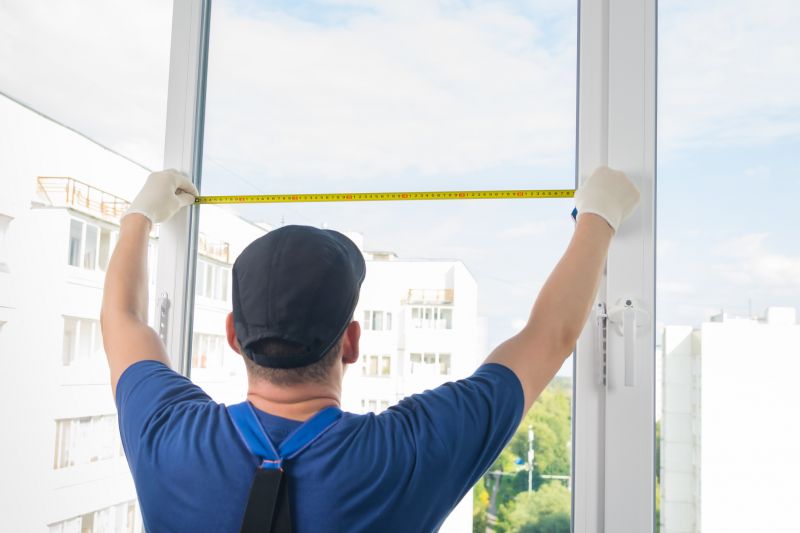
Little measurements that prevent headaches on Fire Restorations day.

A 60-second routine that keeps Fire Restorations looking new.
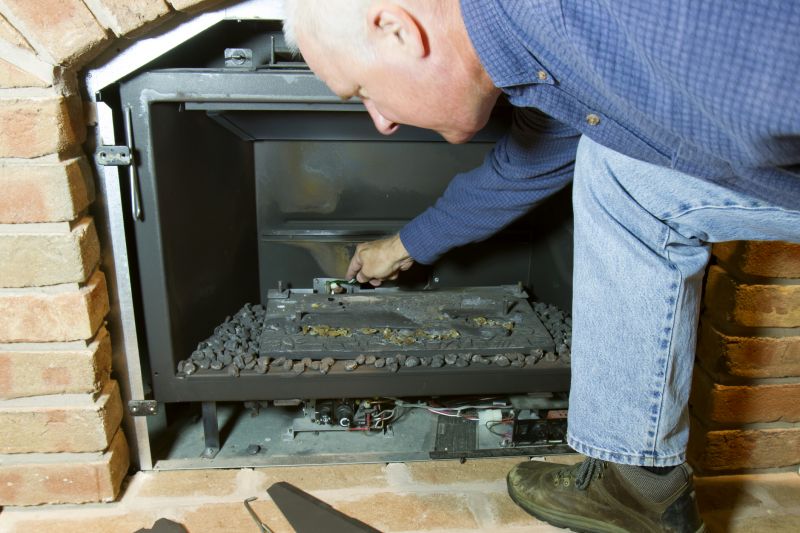
A frequent mistake in Fire Restorations and how to dodge it.

Small tweaks to make Fire Restorations safer and easier to use.
Interested in fire restoration services? Filling out the contact form can provide more information and help schedule services at the most suitable time for property needs.
